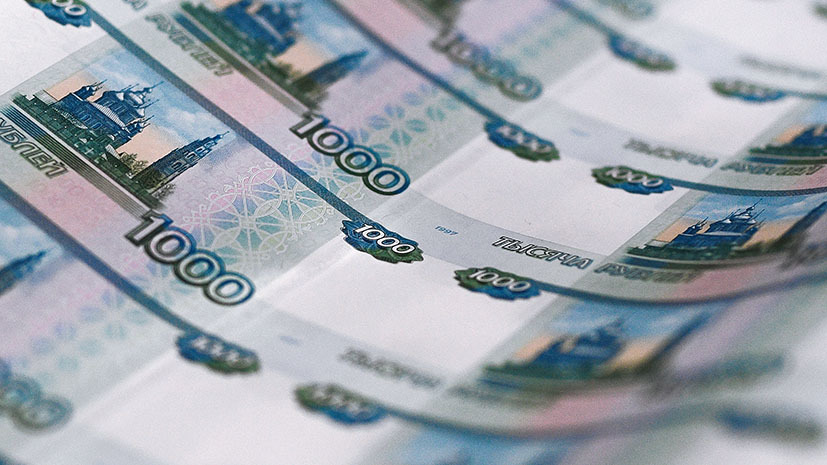On Monday, June 8, trading in the global energy market opened with rising world oil prices. At the beginning of the day, the cost of raw materials of the Brent reference brand on the ICE exchange in London grew by 2.6% - up to $ 43.4 per barrel. Quotes of the American grade WTI added 2.2% and reached $ 40.4 per barrel. Values are highest since March 6th. By the middle of the day, the indicators were slightly adjusted, but at the same time they still remain near the maximum levels for the last three months.
According to experts, global investors responded positively to the outcome of the OPEC + meeting. On Saturday, June 6, the energy ministers of the oil exporting countries decided to extend the existing agreements to reduce raw material production by another month.
Recall, from May 1, the countries participating in the OPEC + agreement renewed their partnership and, to combat the global overabundance of raw materials, reduce oil production. The actions of states should lead to the restoration of the balance of supply and demand of hydrocarbons in the world market and thereby support price increases after the spring collapse.
According to the initial terms of the agreement, from May to June, production of raw materials in the contracting countries was supposed to decrease by 9.7 million barrels per day, from July to the end of 2020 - by 7.7 million, and from January 2021 to April 2022 - by 5.8 million. However, following the meeting, the states decided to continue to reduce production by 9.7 million barrels per day until the end of July.
“It was decided that the parameters that were in June, to reduce by 9.7 million barrels per day, should be extended for another month, in July, in order to strengthen the impact of the transaction, to balance the market and reduce risks and uncertainty,” leads TASS words of the Minister of Energy of Russia Alexander Novak.
As the head of the Ministry of Energy emphasized, the remaining terms of the transaction remained unchanged. Nevertheless, the pace to reduce production will reduce huge reserves in the oil market, which in the spring grew by more than 1 billion barrels, the minister added.
Note that in the framework of the transaction, the main volumes of reduction are in Russia and Saudi Arabia. Each of the two countries reduces energy production by 2.5 million barrels per day from the base level of 11 million. According to the Ministry of Energy, in May Russia fulfilled the terms of the agreement by 96% and reduced production to 8.59 million barrels per day. Meanwhile, according to Alexander Novak, in June the volume of execution will be 100%.
At the same time, Saudi Arabia will try to exceed the terms of the agreement. This point of view in a conversation with RT was expressed by Denis Ikonnikov, portfolio manager of QBF IR.
“To balance the budget of Saudi Arabia, oil prices are needed above $ 80 per barrel against $ 42 per barrel in Russia. In this regard, it is from the side of Saudi Arabia that the transaction will be overfulfilled for its overall execution and stabilization of the oil market, ”Ikonnikov explained.
In addition to reducing global oil production in the long run, the dynamics of commodity prices will also depend on the situation with coronavirus, analysts say. If quarantine restrictions are further loosened around the world, fuel consumption will recover and the cost of raw materials will continue to rise.
“It is necessary that consumption grows and the global economy recovers, which has lost too much due to the coronavirus pandemic. Therefore, during the summer, quotes will most likely gain a foothold at the level of $ 42-45 per barrel with a gradual increase to $ 50 by December, ”said Artyom Deev, head of the AMarkets analytical department, to RT.
According to BCS Prime economist Anton Pokatovich, the threat of a second wave of coronavirus and rising political tension between the United States and China remains a deterrent to oil prices. As the expert said in an interview with RT, in this case, by the end of the year, the cost of oil will form in the range of $ 40-45 per barrel.
- © Vladimir Astapkovich / RIA News
It is noteworthy that the Russian foreign exchange market reacted positively to rising oil prices. At the beginning of trading on Monday, the dollar on the Moscow Exchange fell by 1% - to 68 rubles, and the euro - by 0.8%, to 76.9 rubles.
“If the deal to reduce oil production will be executed in full, and the positive mood on the world stock exchanges will improve, then in the short term the Russian currency will be able to strengthen to 67 rubles per dollar,” said Denis Ikonnikov.
According to Artyom Deev, under current conditions, before the end of summer, the dollar may fluctuate in the range of 67–69 rubles, and the euro - near 76–78 rubles.

